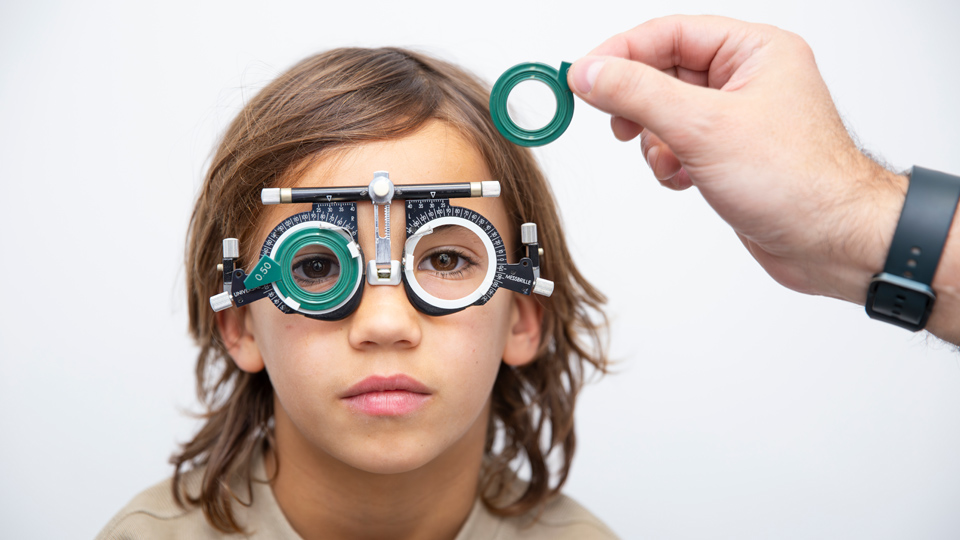What specialist should treat my dark circles?
27/11/2025

14/10/2025
Myopia correction can be carried out with glasses, contact lenses, or surgery (in adults), all with excellent results.
The prevalence of myopia around the world is increasing at an alarming rate. It currently affects 23% of the global population, and forecasts indicate that this will rise to 50% by 2050. High myopia carries a greater risk of developing conditions associated with myopia, such as retinal detachment, glaucoma, cataracts, and myopic maculopathy, which can lead to low vision.
Therefore, the search for effective solutions for myopia control has become essential. At present, there are three types of measures to slow its progression: behavioural measures (good visual habits), pharmacological treatments (atropine eye drops), and optical measures, which have been shown in numerous studies worldwide to slow this progression.
Peripheral defocus lenses are a type of contact lens or spectacle lens specifically designed for myopia control from early childhood until the end of puberty. This innovative technology has generated great interest in the field of ophthalmology due to its potential to slow the progression of myopia in children and young people. These lenses are designed to create a controlled blur in the periphery of the visual field while maintaining clear vision in the centre.
How they act on eye growth
The peripheral defocus induced by these lenses triggers a “growth delay” response in the elongation of the eye, which helps to reduce the progression of myopia.
It is important to emphasise that peripheral defocus lenses must be prescribed by an ophthalmologist specialising in myopia control. A complete eye examination will determine whether the patient is a suitable candidate for this type of lens.
In addition, regular follow-up and proper adaptation of the lenses are essential to ensure their effectiveness and safety.
Although peripheral defocus lenses have been shown to be effective in controlling myopia, there are other behavioural factors that also influence its progression. The most important factors we can address are spending more time outdoors and limiting screen use. It is recommended to spend at least two hours a day outdoors, and for near-vision activities, to follow the 20-20-20 rule: every 20 minutes of close work, rest for 20 seconds by looking at an object 20 feet (6 metres) away.
Early prevention and control of myopia can make a great difference to long-term visual quality and reduce the risk of associated ocular complications.
The contactology department of the Barraquer Ophthalmology Centre fits this type of contact lenses in patients from an early age, aiming to slow down eye growth as soon as possible and thereby stabilise the patient’s prescription, slowing its progression and helping to prevent the consequences of certain pathologies associated with high refractive errors. Together with guidance, good habits and proper visual hygiene, results are achieved that are supported by scientific evidence. In this way, we ensure that children with visual needs can carry out sports activities comfortably and effectively. This also helps these patients spend more time outdoors and avoid both screens and near-vision tasks performed under poor lighting conditions, increasing their exposure to natural light — the greatest ally in slowing this progression. Frequent regular check-ups will allow us to monitor and advise patients and their families throughout this process.
Dr Anna Monés, ophthalmologist, Barraquer Ophthalmology Centre